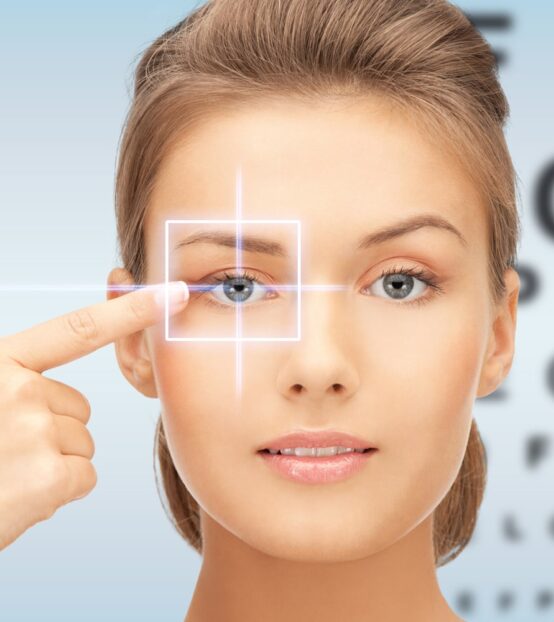EYE TREATMENTS
Cataract Surgery

EYE TREATMENTS
Cataract Surgery
Cataract is a condition in which the lens of the eye goes cloudy and blocks light from coming into the eye. The iris--the colored part of the eye--is made up of chemical changes in the proteins in the structure of the eye inside it. As a result of these changes, high levels of weighted "molecular protein clusters" occur. It loses the eye transparency that occurs with this change in the texture of the lens. Vision loss occurs when light does not reach the retina in a healthy way. The main reason for this situation is that the distribution of light entering the eye decreases as a result to particles caused by staining, and so the picture does not fall onto the retina in a healthy way.
It is important to treat vision blur when it reaches a certain level. The earlier the stage of the disease, the easier it is to adapt. As visual difficulties start to occur, people may find they can no longer do simple daily activities like driving.
Our eye lens is the earliest aged tissue. Individuals might have trouble with vision problems even if they do not have any vision-related problems. After that, the risk of developing a cataract increases very high in the eye lens, which begins to lose its transparency from the age of 60. Looking at this, cataracts can sometimes be a disease but it is mostly something that happens as a natural consequence of ageing. As such, cataract surgery is considered one of the most common surgeries all over the world.